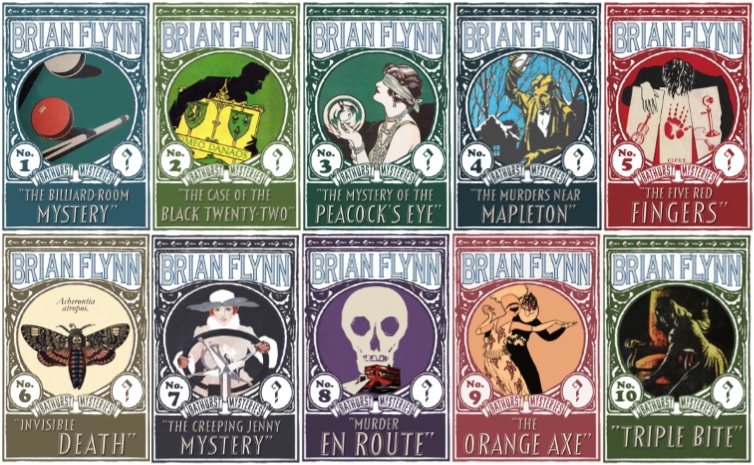Sir Richard Lee, the Circuit Judge for Edward II’s northern cities, is heading for Wakefield with his friend Hubert, to preside over the dispensation of justice, not something that is always practiced fairly by the locals. On his way, however, he is intercepted by an outlaw, Robert Hode. He has other names however – one of which is Robin Hood.
Hode lets Sir Richard on his way with a message for his beloved Matilda in Wakefield, and, once arriving, Sir Richard is more concerned with the crimes in the city – the rape of a young woman and the death of a man in the stocks, a man shot through the eye with an arrow. Suspicion grows in the city that Hode is responsible for both crimes – but how do you catch an outlaw who can vanish into the depths of the forest at will?
Following on from the disappointing The Killing Way, I’m still on the prowl for new historical mystery fiction and I stumbled across this one via Kindle recommendations. Actually, they recommended the sequel, but I figured it was best to go to the beginning.
But before I get to the book, let’s deal with the elephant in the room. I know, dear reader, you are already flustered by the apparent juxtaposition of Edward II (early fourteenth century) and Robin Hood (early thirteenth century). It’s the same problem that arose with Paul Doherty’s The Assassin In The Greenwood, and the same solution – the historical evidence for Robin’s existence is patchy at best. It does bother me a bit that in the afterword, the author presents Robin in 14th century Wakefield as fact, rather than one possible theory (and a disputed one at that). But let’s put that aside… Oh, the odd spelling of Hugh Despenser as “Dispenser” did bother me briefly too – it’s an acceptable alternate, I think, but it did make him sound like a pharmacist.
I’ve not come across Keith Moray’s work before, but he’s not new to crime writing. There’s a series of books set on West Uist (in the Shetlands), as well as a number of Western novels along with plenty of non-fiction works. This is the first of two books (with a third one to come) set in Sandal Castle in Wakefield spanning the centuries. Book two is set in the reign of Richard III, 150 years after this one. It’s an interesting concept for a series – no recurring characters but a recurring location.
In some ways, that’s a pity as I really liked the characters here, not just Sir Richard and Herbert but the supporting cast too. There’s a good dynamic between Sir Richard and the lord of the castle who has quite different views of justice and the romantic ties are well done too.
And it’s not just that. This is a well-written mystery novel that keeps things moving. The problem with my last historical read was that after the murder, nothing seemed to happen for absolutely ages. Moray adopts a similar style to my favourite mystery authors by keeping things moving – barely a chapter will have passed before the plot has significantly advanced, with a decent (well, indecent, I suppose) number of deaths and a well-hidden villain.
It’s not perfect – the motive for all the shenanigans is convoluted and while there are a few clues knocking around, they are pretty slight, although the one regarding a certain body part is nicely medieval. Also, there’s something rather classically simple about the motive for one of the early murders, which I liked a lot.
All in all, this was a highly enjoyable historical mystery novel that fans of, say, Paul Doherty will enjoy, with some genuine surprises. I could have done with one character having a little more page time before revealing what they were responsible for, but overall, it worked really well. And it has had the right effect – I want to know what happens next. Admittedly, it’s what happens 150 years later, but will we see the descendants of the same characters? Will it be a completely disconnected tale? Well, I guess I’m going to have to find out…

